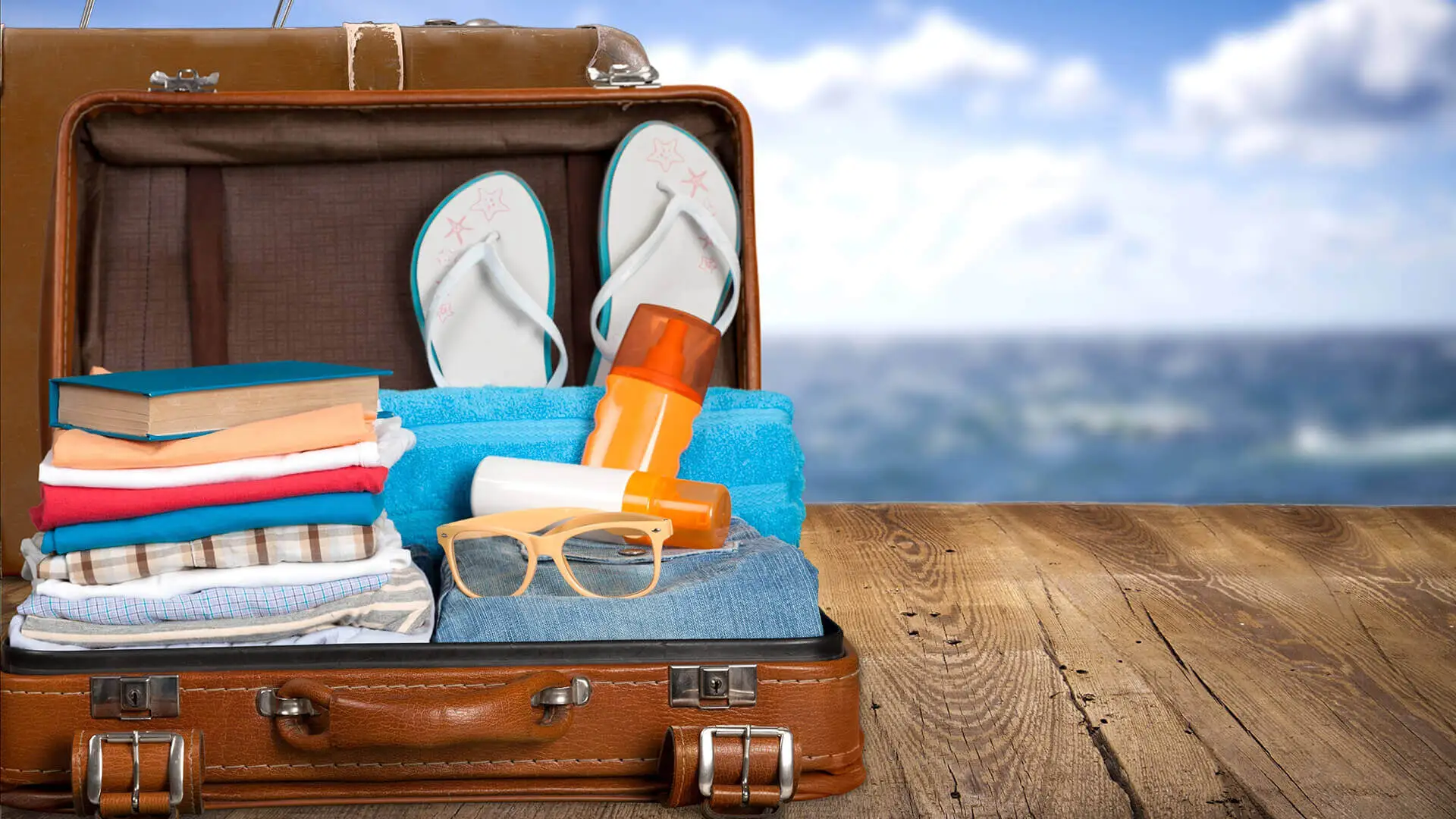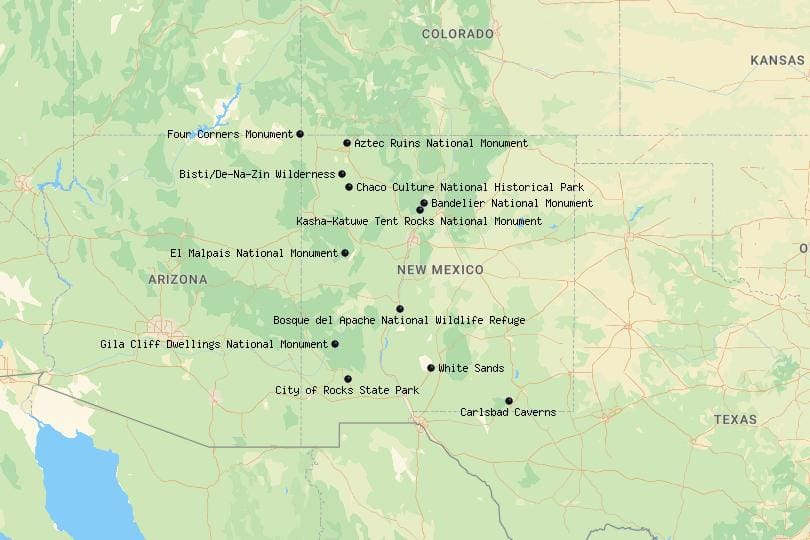Are you ready to embark on an adventure that not only broadens your horizons but also takes care of our beautiful planet? Planning an eco-friendly trip is not only responsible but also a rewarding way to explore the world. We’ve compiled nine tips that will make your journey both enjoyable and environmentally conscious. So, pack your bags and your eco-spirit; it’s time to hit the road!
The Eco-Warrior’s Packing List
Sustainable Suitcase
When preparing for your eco-friendly journey, start with your luggage. Opt for a suitcase made from sustainable materials like recycled plastics or organic fabrics. Not only will you reduce your carbon footprint, but you’ll also travel in style.
Reusable Everything
Say goodbye to single-use plastic! Bring your reusable water bottle, cutlery, and shopping bags. By doing so, you’ll minimize waste and save money in the long run.
Solar-Powered Gadgets
In today’s digital age, it’s hard to imagine a trip without gadgets. Invest in solar-powered chargers for your devices. This way, you can keep your camera rolling without harming the environment.
Choosing Eco-Friendly Accommodation
Green Hotels
Look for accommodations that prioritize sustainability. Many hotels now employ eco-friendly practices such as energy-efficient lighting, water-saving fixtures, and waste reduction programs.
Eco-Lodges
Consider staying in eco-lodges, which are often nestled in natural settings and use renewable energy sources. It’s a chance to connect with nature and support sustainable tourism.
Sustainable Transportation
Public Transit
Opt for public transportation whenever possible. Trains, buses, and subways are eco-friendly alternatives to renting a car or taking flights.
Ride-Sharing
If public transit isn’t available, choose ride-sharing services that offer carpooling options. Fewer cars on the road mean reduced emissions.
Exploring Nature Responsibly
Leave No Trace
Follow the Leave No Trace principles when hiking or camping. Pack out all your trash, respect wildlife, and stay on designated trails to preserve the natural beauty of your destination.
Wildlife Sanctuaries
Support wildlife sanctuaries and conservation efforts by visiting responsibly managed animal attractions. Avoid places that exploit animals for entertainment.
Dining Sustainably
Farm-to-Table
Patronize restaurants that serve locally sourced, organic, and sustainably harvested food. You’ll enjoy delicious meals while reducing your carbon footprint.
BYOC – Bring Your Own Container
Carry a reusable food container to avoid single-use takeaway containers. It’s a small step that makes a big difference.
Offset Your Carbon Footprint
Carbon Offsets
Consider purchasing carbon offsets for your travel emissions. Many organizations offer this service, which invests in projects that reduce or capture carbon dioxide in the atmosphere.
Engage with Local Communities
Cultural Immersion
Engage with local communities to learn about their traditions and culture. By doing so, you contribute positively to the local economy and gain a richer travel experience.
Responsible Souvenirs
Choose souvenirs made by local artisans using sustainable materials. Avoid products made from endangered species or materials that harm the environment.
FAQs
- What are carbon offsets, and how do they work? Carbon offsets are investments in projects that reduce greenhouse gas emissions, like reforestation or renewable energy. They “offset” the emissions from your travel.
- Is it essential to stay in eco-lodges for an eco-friendly trip? While eco-lodges are a great option, you can also choose other accommodations that practice sustainability. Look for green certifications when booking.
- What is the Leave No Trace principle? Leave No Trace is a set of guidelines for outdoor ethics, emphasizing responsible outdoor recreation and minimizing human impact on nature.
- How can I find eco-friendly restaurants while traveling? Apps and websites like “HappyCow” can help you locate eco-friendly dining options in your destination.
- What’s the difference between recycling and upcycling? Recycling involves turning waste materials into new products, while upcycling involves creatively repurposing items to give them a new life.
- Can I still take a flight on an eco-friendly trip? If you must fly, consider carbon offsetting and choosing airlines with strong sustainability initiatives.
Conclusion
Planning an eco-friendly trip is not only doable but also incredibly fulfilling. By implementing these nine tips, you can enjoy your travels guilt-free, knowing you’re making a positive impact on the environment. So, go ahead, explore the world, and leave only footprints – not carbon – behind!














